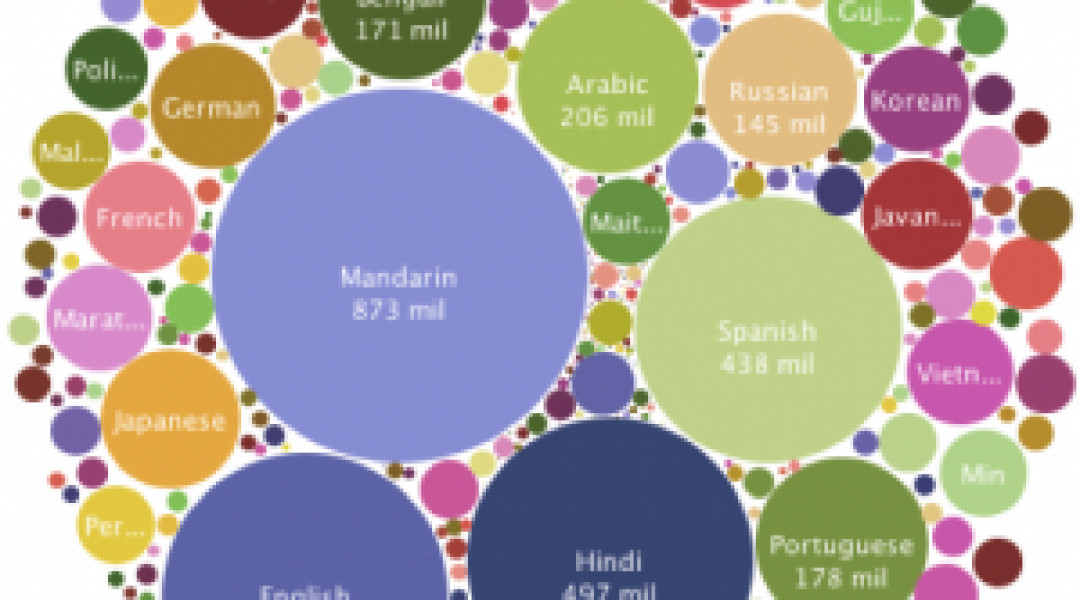
Native speakers of any language will judge the “difficulty” of another language by how much it differs from their own. For example, the Foreign Service Institute (FSI) of the U.S. Department of State lists five categories of increasing time taken for native English speakers to acquire “General Professional Proficiency” in other languages. This refers to an average, of course, and anyone may personally find one language or another more easy or difficult than others.
FSI Category I (the least time needed) includes most of the Germanic and Romance languages, since English was originally a Germanic language that received a huge Romance input after the Normans turned up in Britain in 1066. The exception is German itself, which is alone in Category II (needing longer), because of its more complex grammar. Category V (the longest time needed for proficiency) consists of Arabic, Cantonese, Japanese, Korean and Mandarin, with Japanese being considered the most difficult.
Note: This post is extracted from The Genealogical World of Phylogenetic Networks, read more …
